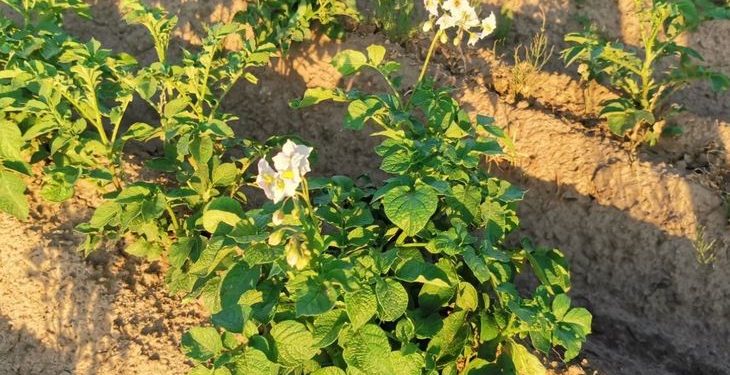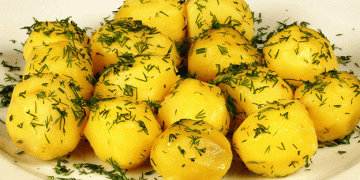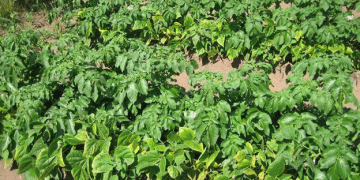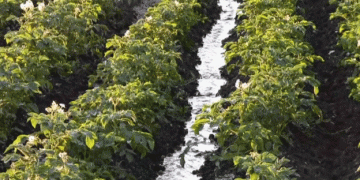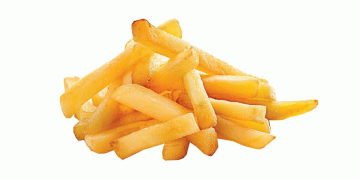As part of the Spanish project Algaterra, research is being carried out to develop new resources for agriculture based on seaweed. There are positive fungicidal and biostimulating effects, an increase in soil fertility when growing potatoes, as well as grapes, tomatoes and lettuce
Alexander Gomez writes about this in an article on the Spanish agricultural portal Campogalego.es.
“Currently in Europe, 1% of seaweed is used for food, 24% for other purposes, including agriculture, and the remaining 75% for colloid extraction.
Seaweed has been used as an important agricultural resource in the past century, but today that link has been largely broken. The Algaterra project is working on its restoration, the goal of which is to develop new agricultural resources based on seaweed and test their effectiveness both in organic farming and in sustainable traditional agriculture.
“The characteristics of this marine product provide a high fertilizer value and enhance microbial activity. Plants in living soil are more resilient to any stress, whether it be drought or frost,” emphasizes Maria Elvira Lopez, researcher and project participant at the University of Santiago de Santiago. The scientific institution, in turn, is an integral part of the Algaterra project.
One of the base points of the project was the Porto-Muíños SL family farm in Coruña for the cultivation, collection and processing of algae.
“Seaweed is a natural bio-stimulating product with no contaminants or pathogens. In addition, it contains phytocolloids that improve soil structure, increase water retention, increase soil cation exchange capacity and act as phytoremediators,” explains Elvira López.
It is also important that although algae do not have a high level of phosphorus, they increase its availability to plants, since they form complexes with aluminum, which also explains the bleaching ability. In addition, algae provide macronutrients, especially potassium, and important micronutrients for plants, such as iron, magnesium, zinc, and boron.
In the previous study, experiments were carried out on potatoes: control plots, others with the mineral fertilizer superphosphate, and still others with different doses of fresh algae fertilizers (20t/ha, 40t/ha and 60t/ha).
“The yield of potatoes when applying 20 tons was comparable to the land treated with mineral fertilizers, in any case higher than in the control, and as the dose of algae increased, the yield increased,” the researcher says.
“While the results in terms of production were positive, the most interesting thing about this work was the opportunity to see in practice what is often reported in the literature: in algae-fertilized plots, soil pH increased due to an increase in calcium levels and a decrease in the amount of aluminum, and to the same extent, a significant contribution of phosphorus and potassium,” specifies Elvira Lopez.
The researchers set up an experiment on mixing algae with fish residues and timber waste. “In our tests, we mixed one part fish residue, one part algae and three parts pine shavings by volume, which gave good NPK values after three months: 2.1% N, 0.6% P and 0.7% K” , Lopez explains.
On an organic potato farm, where they also conducted tests, the most obvious effect was biostimulation.
“In terms of biostimulatory action, seaweeds have a large number of beneficial compounds such as phytohormones, especially auxins and cytokinins, bioactivators, vitamins, etc., which improve rooting, growth and yield, as well as increase resistance to stress,” – emphasizes the researcher.
Similar tests were carried out this year in the vineyard, lettuce and tomato plots, the final results will be known later.”
